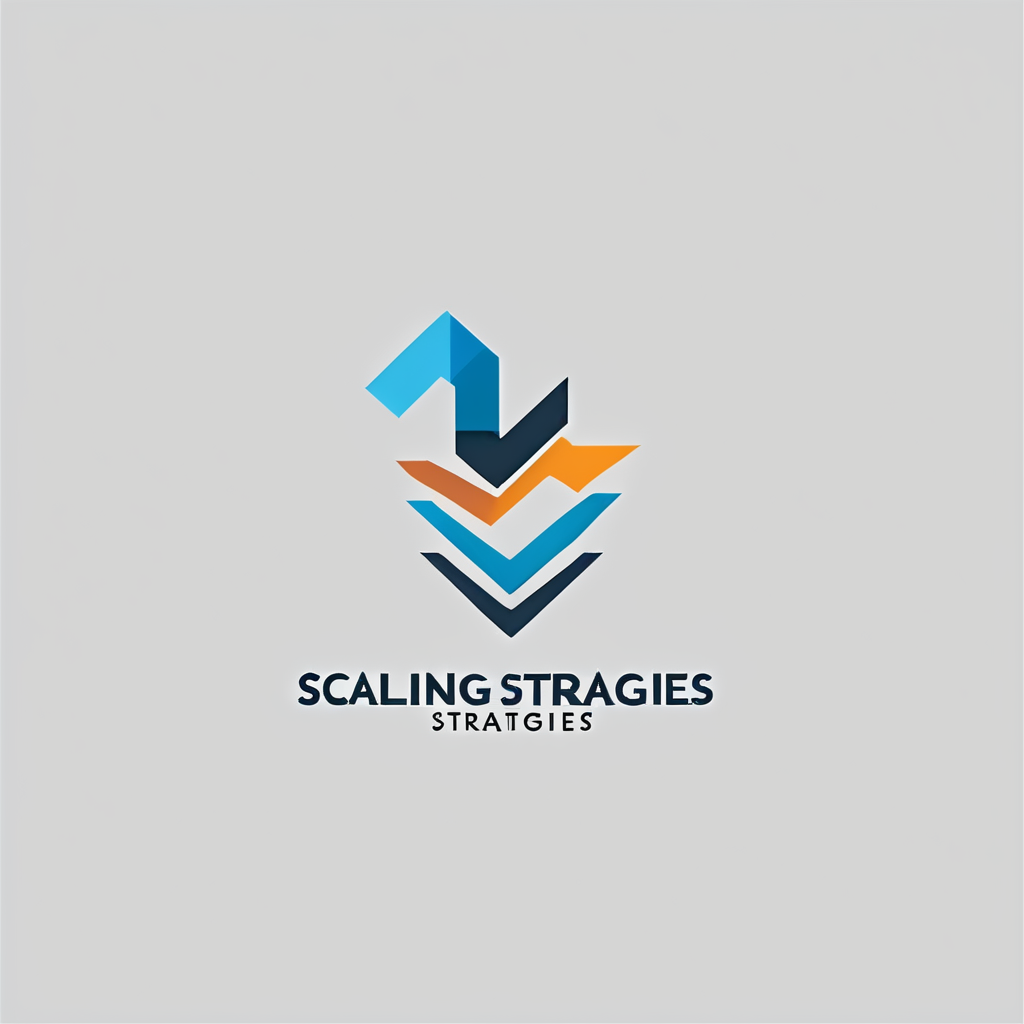The landscape of higher education is rapidly evolving, with online learning becoming a fundamental component. As more educational institutions and public sector bodies transition to digital platforms, ensuring web accessibility for people with disabilities is paramount. This article examines how a UK-based online learning platform can ensure accessibility compliance, focusing on essential regulations, guidelines, and strategies to create an inclusive learning environment.
Understanding Accessibility Regulations
Navigating the complexities of accessibility regulations is the first step in ensuring an inclusive online learning platform. Understanding these regulations is crucial for compliance and for creating a welcoming environment for all students, including those with disabilities.
This might interest you : How can a UK-based virtual assistant service ensure compliance with remote working regulations?
In the UK, the Public Sector Bodies (Websites and Mobile Applications) Accessibility Regulations 2018 are pivotal. These regulations mandate that public sector websites and mobile apps must be accessible to people with disabilities. Compliance with these regulations means following the Web Content Accessibility Guidelines (WCAG) 2.1, which have become the gold standard for web accessibility.
WCAG 2.1 outlines success criteria that are divided into three levels: A, AA, and AAA. While Level AAA represents the highest standard of accessibility, most institutions aim to meet Level AA to ensure a robust level of accessibility. These guidelines cover a wide range of recommendations, including making content perceivable, operable, understandable, and robust.
Topic to read : What are the steps to set up a UK-based electric vehicle charging station network?
For an online learning platform, adhering to these guidelines means ensuring that all students, regardless of their abilities, can access and benefit from the digital content. This involves making adjustments to the user interface, ensuring compatibility with screen readers, and providing text alternatives for non-text content.
Understanding these regulations and incorporating them into your platform’s design and content strategy is a foundational step in creating an inclusive learning environment that meets legal requirements and exceeds student expectations.
Implementing Web Accessibility Guidelines
Once you comprehend the regulations, the next step is implementing the Web Content Accessibility Guidelines (WCAG) 2.1. Meeting these guidelines will not only help you comply with legal standards but also significantly improve the user experience for students with disabilities.
Start by conducting an accessibility audit of your platform. This audit will identify areas where your platform may not meet WCAG standards. Focus on key areas such as text alternatives for images, keyboard navigation, and ensuring that all functionality is accessible via a keyboard.
For instance, your platform should include text captions for video content to aid students who are deaf or hard of hearing. Similarly, implementing alt text for images ensures that visually impaired students using screen readers can understand the visual content.
Next, work on improving the user interface to make it more intuitive and straightforward. This could involve simplifying navigation, using clear and consistent headings, and ensuring that links and buttons are easily distinguishable.
Moreover, consider the principle of “disproportionate burden.” This concept acknowledges that full compliance with accessibility guidelines may not always be feasible due to financial or technical constraints. However, you must be transparent about these limitations in your accessibility statement and detail the steps you are taking to improve accessibility.
Incorporating feedback from students with disabilities is also invaluable. Engage regularly with these students to understand their challenges and adapt your platform accordingly. This practice not only enhances accessibility but also fosters a culture of inclusivity and responsiveness.
Creating an Accessibility Statement
An accessibility statement is a crucial component of your online learning platform. This statement communicates your commitment to accessibility and provides transparency about your compliance status and ongoing efforts.
Your accessibility statement should be clear, concise, and easily accessible from your platform’s homepage. Start by outlining your commitment to web accessibility and compliance with relevant regulations and guidelines. Mention the specific standards you adhere to, such as WCAG 2.1 Level AA.
Next, detail the measures you have implemented to ensure accessibility. This could include using accessible templates, providing alternative text for images, and ensuring that multimedia content has captions and transcripts. Be honest about areas where you are still working to improve accessibility and outline your plan for addressing these issues.
It is also essential to provide a mechanism for feedback. Encourage users to report any accessibility issues they encounter and ensure there is a dedicated team or individual responsible for addressing these concerns promptly. This feedback loop not only helps you identify and fix problems but also demonstrates your commitment to continuous improvement.
Remember to update your accessibility statement regularly. As you make progress in enhancing your platform’s accessibility, reflect these changes in your statement. This ongoing transparency builds trust with your users and reinforces your dedication to creating an inclusive learning environment.
Ensuring Content Accessibility for Online Learning
Creating accessible content is a fundamental aspect of ensuring an inclusive online learning experience. This involves designing and structuring your educational materials in a way that all students, including those with disabilities, can access and understand.
Start by adopting universal design principles when creating your content. These principles emphasize creating materials that are usable by the widest range of people, without the need for adaptation. For example, use clear and simple language, provide multiple formats for content (e.g., text, audio, and video), and ensure that your materials are compatible with assistive technologies.
When designing online courses, ensure that the learning management system (LMS) you use supports accessibility. This means the LMS should be compatible with screen readers, support keyboard navigation, and provide options for adjusting text size and contrast.
Moreover, consider the needs of students with cognitive disabilities. This involves breaking down complex information into manageable chunks, using consistent navigation patterns, and providing clear instructions and feedback. Visual aids, such as infographics and diagrams, can also help in making content more understandable.
A critical aspect of content accessibility is providing alternative formats. For instance, provide transcripts for audio content, captions for videos, and alternative text for images. These alternatives ensure that students with varying disabilities can access the information in a way that suits their needs.
Training your staff on accessibility best practices is also vital. Ensure that educators and content creators are aware of the importance of accessibility and know how to create accessible materials. This could involve regular training sessions, workshops, and providing resources and tools for creating accessible content.
Overcoming the Challenges of Digital Accessibility
Ensuring digital accessibility on an online learning platform comes with its own set of challenges. However, by understanding these challenges and developing strategies to overcome them, you can create a more inclusive and accessible platform for all students.
One common challenge is keeping up with the ever-evolving accessibility standards and technologies. Staying informed about the latest developments in accessibility guidelines and tools requires continuous effort. Implementing a process for regular reviews and updates to your platform can help ensure ongoing compliance and improvement.
Another challenge is the “disproportionate burden” that some accessibility requirements may impose. While striving for full compliance is essential, it is also important to recognize the limitations you may face due to financial, technical, or logistical constraints. Being transparent about these limitations and focusing on achievable goals can help manage expectations and demonstrate your commitment to accessibility.
Collaboration with third parties can also pose challenges. Many online learning platforms rely on third-party content and tools, which may not always be accessible. To address this, prioritize working with vendors and partners who demonstrate a commitment to accessibility. Additionally, evaluate third-party content and tools for accessibility before integrating them into your platform.
One of the most effective ways to overcome these challenges is by fostering a culture of accessibility within your organization. This involves educating all stakeholders about the importance of accessibility and encouraging their active participation in creating an inclusive learning environment. Regular training, clear policies, and a commitment to continuous improvement can help embed accessibility into your organizational culture.
Finally, involving students with disabilities in the development and evaluation of your platform can provide valuable insights and feedback. Engaging with these students helps identify practical barriers and ensures that the solutions you implement effectively address their needs.
Ensuring accessibility compliance for a UK-based online learning platform involves understanding and implementing accessibility regulations, creating an effective accessibility statement, and overcoming the challenges of digital accessibility. By adhering to the Web Content Accessibility Guidelines (WCAG) 2.1 and fostering a culture of inclusivity, you can create a learning environment that is accessible to all students, including those with disabilities.
Creating accessible content and ensuring that your platform supports assistive technologies are key steps in this process. By taking these measures, you not only comply with legal requirements but also demonstrate a commitment to providing an equitable and inclusive educational experience.
Ultimately, an accessible online learning platform benefits everyone. It enhances the user experience, supports a diverse student body, and reflects a commitment to social responsibility. By prioritizing accessibility, you create a learning environment where all students can thrive, regardless of their abilities.












